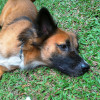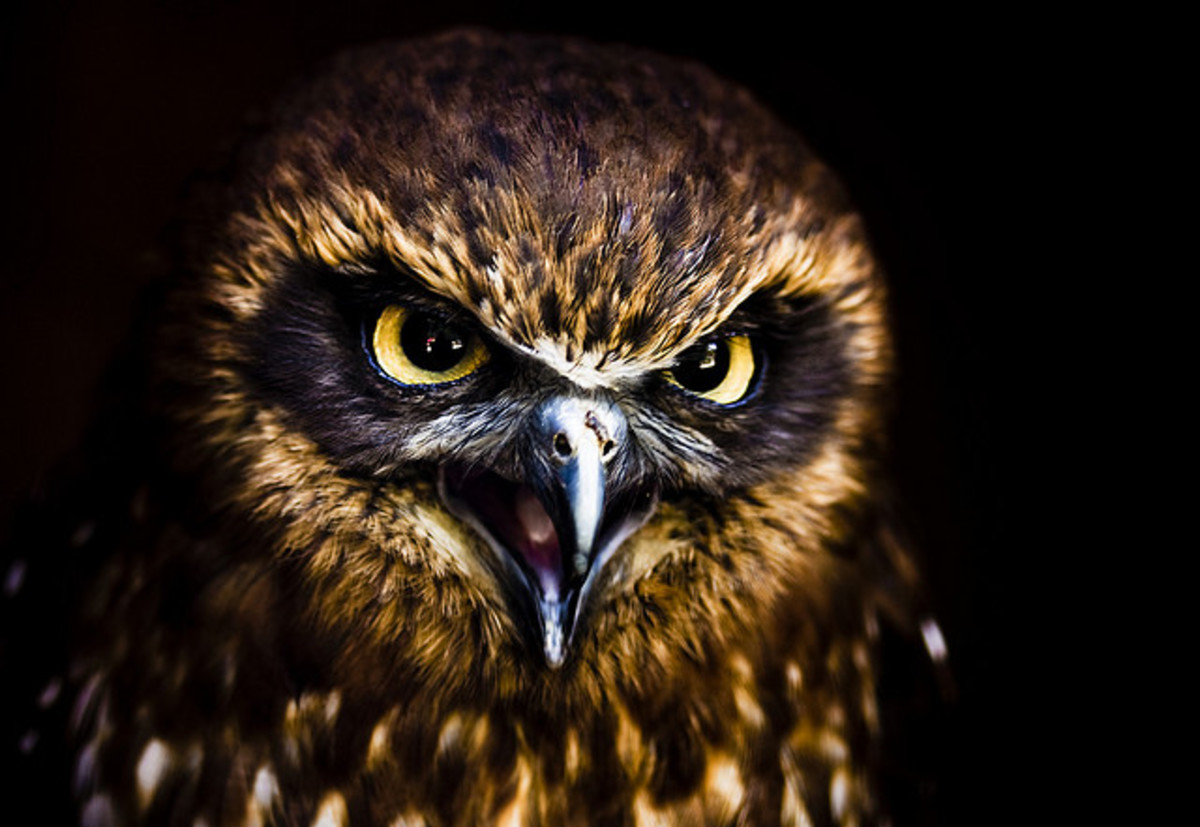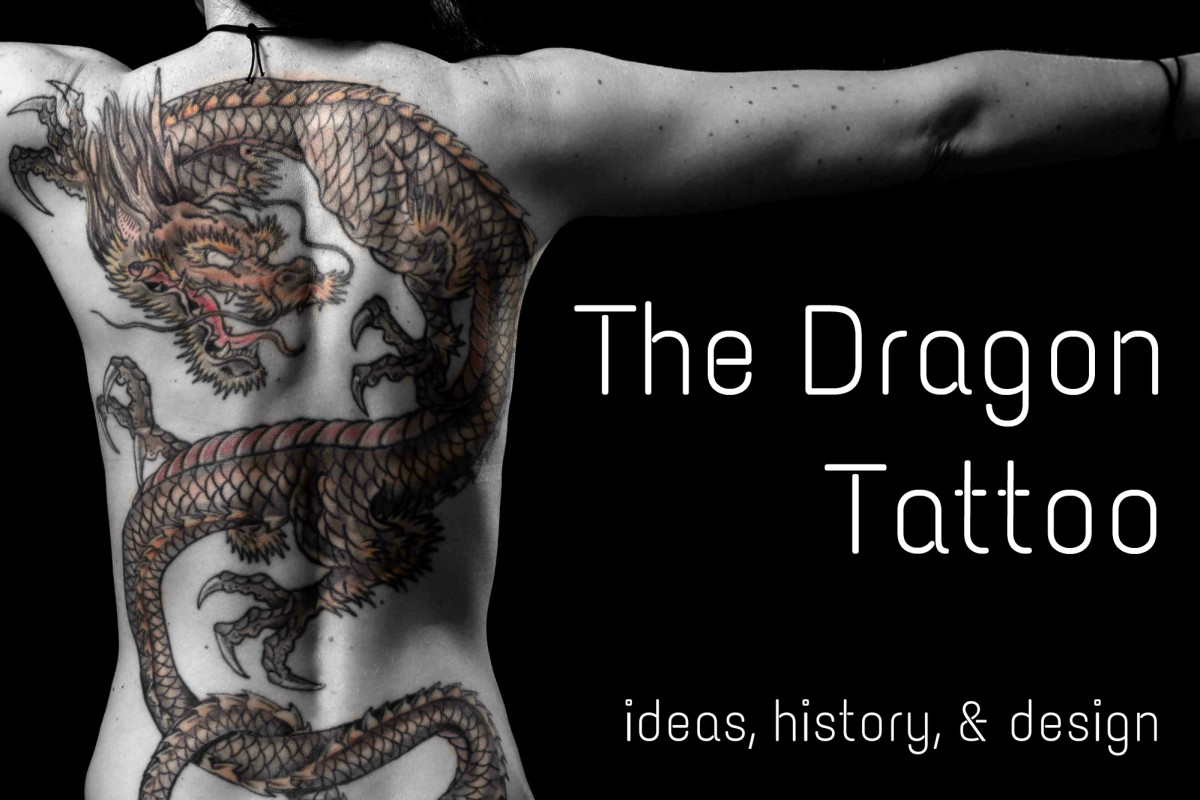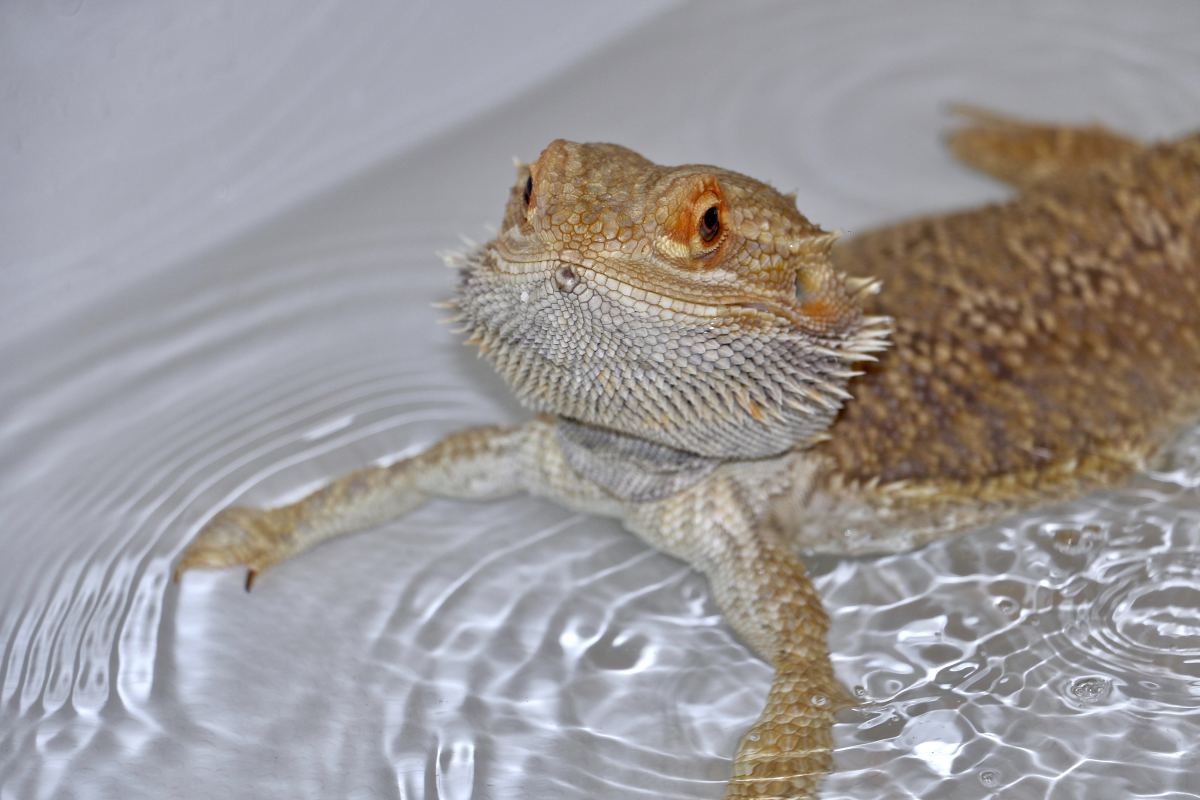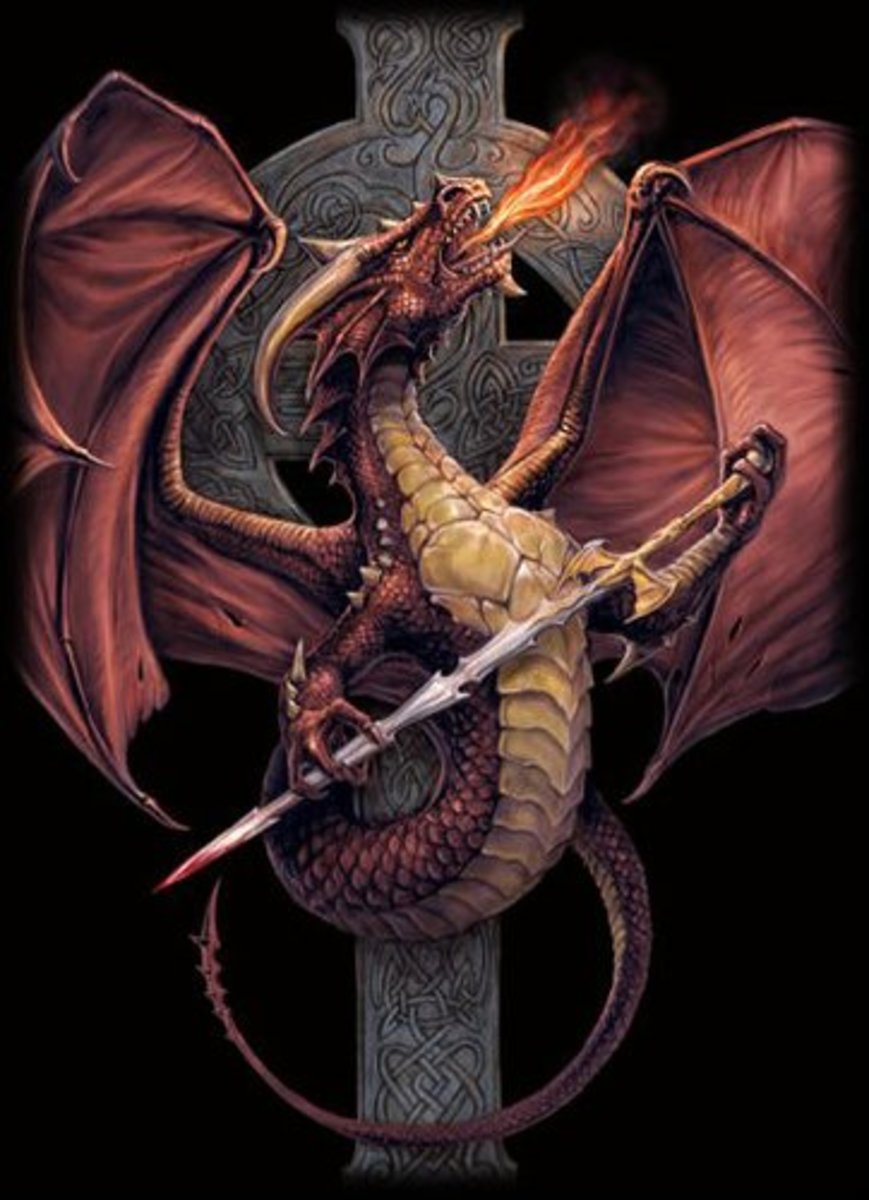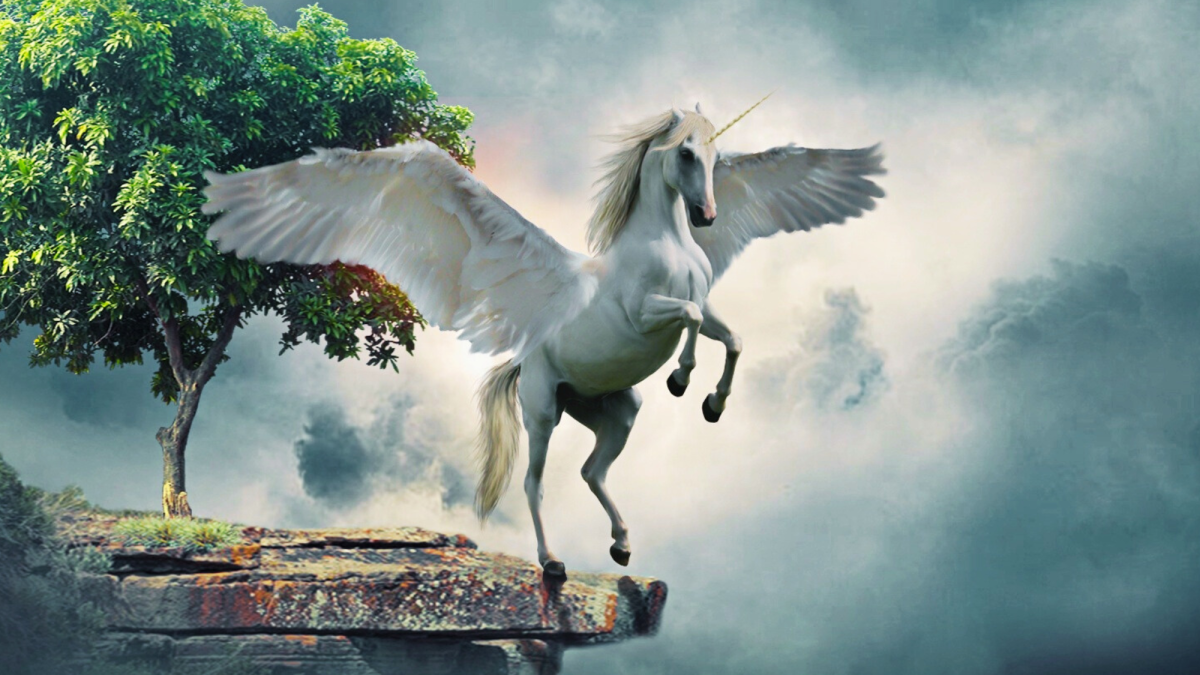- HubPages»
- Education and Science»
- Sociology & Anthropology»
- Folklore & Mythology»
- Legendary Creatures & Cryptids
Game For The Throne: Why Dragons Ruled Mythology

Dedication
This article was made in mind to someone very special whom I loved but thought i could never be with. And im really happy to be with him now. Yes, its dedicated to my boyfriend who is the strength behind everything i do and who put up with my craziness everyday. Since he loved dragons very much I took the liberty of making this for him. This article was the proof that i loved him for months before we dated and one of his favorite shows inspired the title.
Shawn, I love you very much. Thank you for everything :)
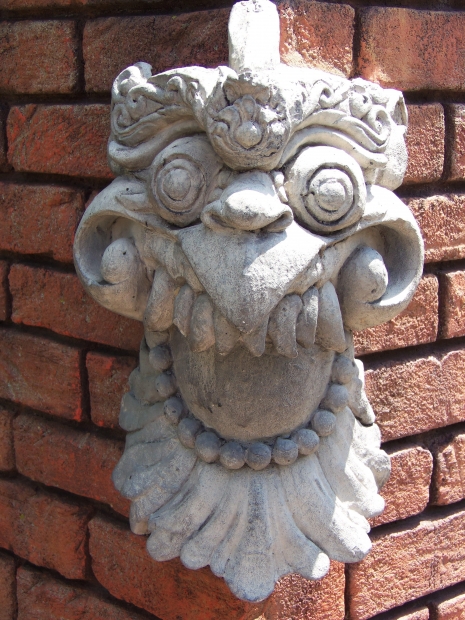
A dragon is a powerful legendary creature in history that inspired many stories, movies and what’s not around the world. Starting from Lord of the Rings and ending its debut in Game of Thrones, dragons has fascinated many artists and historians.
Dragons are divided into two types, The European Dragons and the Asian Dragons. In this article, we'll tackle the history of each dragon represented by notable countries.
Who knows from where Dragons actually deviated from? It is sill a mystery up to this day.The evolution of the dragon is a theory which you should contemplate based on the given facts.
A Dragon's Heart burns Fiercely, even in the Face of Evil
— S.G Rogers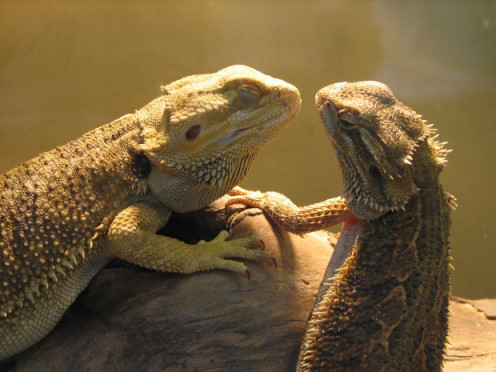
Origin
A dragon is said to be derived from reptiles, serpents and lizards. It first inspired the Mesopotamian and Hebrew stories of the ancient near east where fire-breathing dragons inspired stories to folklore. The origin of the dragons are not clear, however, many theories have been put down to support it.
Dinosaurs: People back in the middle ages discovered dinosaur fossils and interpreted them as dragons. A Chinese historian named Chag Qu mislabeled such a fossil which is in Sichuan Province and labeled it as a dragon because it’s enormous size and shape. It seems the modern scientists tries to reevaluate that dragons are indeed derived from dinos such as the T-Rex and Dracorex and with a touch of various myths.
Large predators: Dragons are said to be evolved from the cross-breeding of large mammals and other predators. Sources say that the whales are tied to Southern Dragons, whilst in his book, David E Jones implies that these mythical beings are indeed related to psychological factors in the human brain.
Human psychology: As most of the legends are born from intertwined stories or misleadings, it’s unfair to say that the human brain indeed has a part to it. Jones declares that in his book, “An Instinct for Dragons” that humans fearing large predators back in the time like elephants and pythons must have psychologically influenced our ancestor’s brains to completely create this mythological concept.
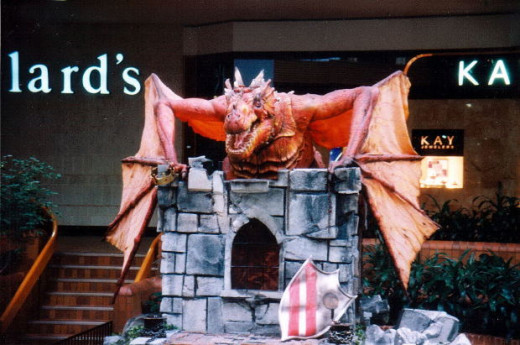
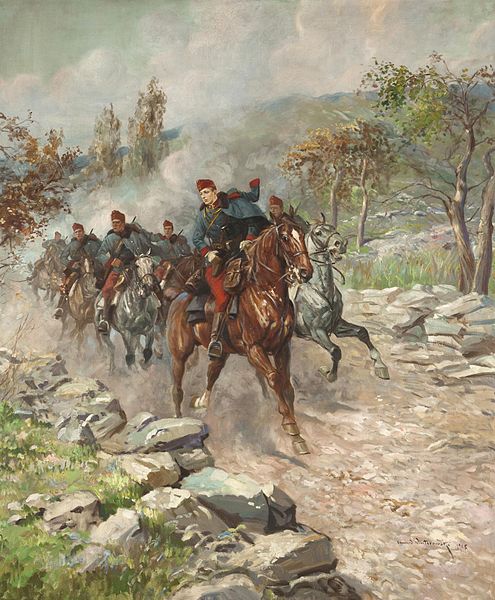
European Dragons
Catalan Dragons: Dragons with two legs and with a pair of wings. Their faces could resemble other animals like lions and cattle. They are said to have a fuming breath which is also poisonous.
French Dragons: French authors tended to represent dragons as harmful in their literature. It also inspired their cavalry as “Dagoons” which were mounted infantry. They carried firearms called “dragon” and they played a huge role in the Napoleon wars in the 19th century.The establishment of this particular infantry was needed for the speed in the army. In the 20th century, Dragoon regiments had already spread into Germany, Russia and other European countries.
So comes Snow after Fire, and even Dragons have their Endings
— J.R.R TolkienThe Majestic French Dragon
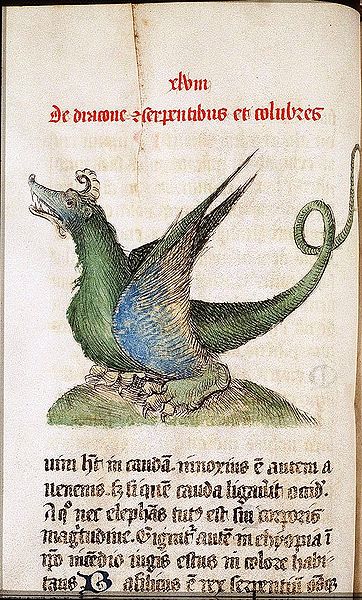
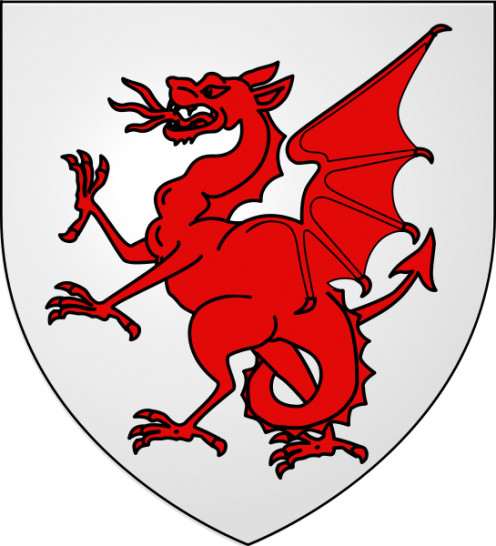
Sardinian Dragon: An Italian dragon which had the power to kill human beings using its gaze. This closely inspires another mythological serpent called the “Basilisk” which had the unique power to paralyze its victims if they saw the shadow of their and eye and to kill with direct eye contact.
English Dragons: They were known as “Wyvern” which plays a great role in heraldry and frequenting to be a mascot in schools and athletic teams. However the Wyvern and the Dragons are said to be two different beings, even though they are similar. The Wyvern is closely regarded as a cousin to the dragon instead of being its brother.
Differences between the Wyvern and Dragon
Wyvern
| Dragon
|
|---|---|
Smaller and weaker
| Stronger and powerful
|
Not that intelligent
| Intelligent
|
Can't speak
| Has the ability to speak
|
Can't breathe fire
| Can breath fire
|
In popular culture, Wyverns are often mistaken as Dragons due to their anatomy and appearance.
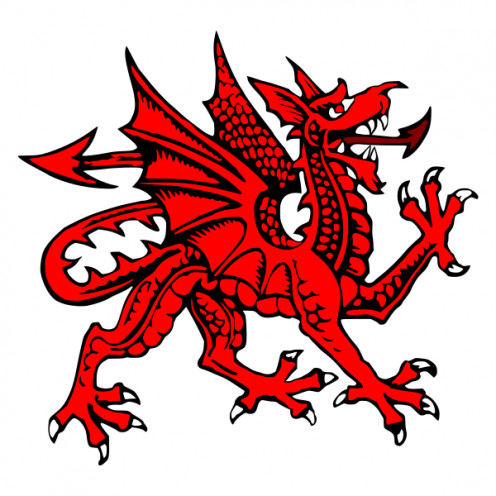
Welsh Dragons: Welsh mythology has some accounts corresponding to the dragons. A red dragon defeats a white dragon and then Merlin explains to Vortigern that the red dragon symbolizes the Welsh and the white dragon symbolizes the Saxons.
It was a prediction to convey the fight between the Welsh and the Saxons. The welsh named him “Y Ddraig Goch” which became a symbolic icon in Wales. You could see that it was imprinted on the British one pound coin as well as Welsh heraldry.
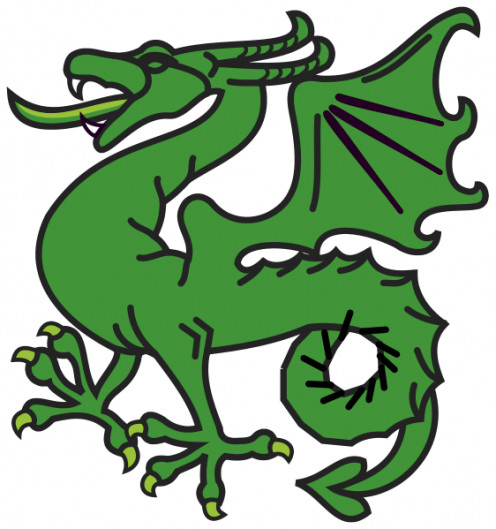
Slavic Dragons: They are multiheaded and can breathe fire, they are quite similar to the European dragon. In Slavic traditions, these dragons symbolize evil.
Most of the dragons are symbolic and plays a great role in Serbian and Bulgarian folklore. Dragons are emphasized to be the guardians of the crops and are said to be protectors of kingdoms.The Dragons are given Turkic names, symbolizing the war between Slavs and Turks.


Legend of The Imperial Dragon
Legend has that China's earliest emperors: Yandi and Huangdi were closely related to the long-bodied Chinese Dragon. At the end of their reign, Hugandi immortalized into a dragon and rose to heaven. His brother, Yundi was born by his mother's telepathy into a mythical dragon. The Chinese believes these two legendary emperors to be their ancestors whom they are descended from.
Asian Dragons
Chinese Dragon: Perhaps the most majestic dragon in all Asia. The Chinese symbolizes the dragon to be of enormous luck and auspicious power. It is unusually long and the body is either comprised of many different parts of other animals such as the fish and the horns of the stag. It has been a continuous icon in Chinese art and folklore. The Imperial Dragon is also known as the grand symbol that is used to visualize the emperors of China.
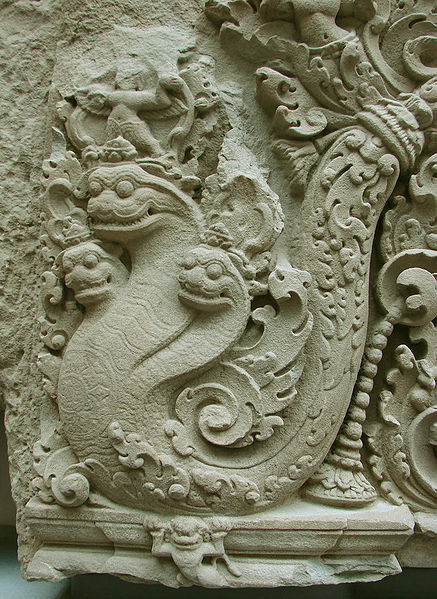
Indian Dragon: Snakes are usually related to Hinduism and no doubt the dragon is related to serpents. Neaks are also known as the Khemer dragons and had a hood which is shaped as of a cobra. The number of heads is in large quantity at least more than nine. The higher the number the longer the rank is. This type of dragon possesses crocodilian traits and later possesses feline traits.
This Dragon is also named as the Khmer, and there are people in Cambodia, known as the Khmer people. According to their folklore, the origin of their tribe started from a snake princess called "Soma" and a priest called Sage Kambu Swayambhuva.
Did You Know?
A children's game called Bulan Bulan is played in the Philippines. It has 6-8 players arranged in a circle.
After the circle is formed the person who stays inside the circle is Buwan(moon) and the Bakunawa(Moon Eater) stays outside the circle.
The objective of the game is entrusted to the moon eater who needs to get in touch with Bulan by breaking the circle(iron chain).
Philippine Dragon: The Filipinos define it as “Bakunawa” it’s a gigantic serpent that lives in the sea. Ancient natives believe that this dragon is responsible for the sun and moon to disappear during an eclipse.
During certain times of the year, this dragon rises from the sea and swallows the moon. To stop this from happening the natives would go outside with their pots and pans and make loud noises in order to scare the dragon away.
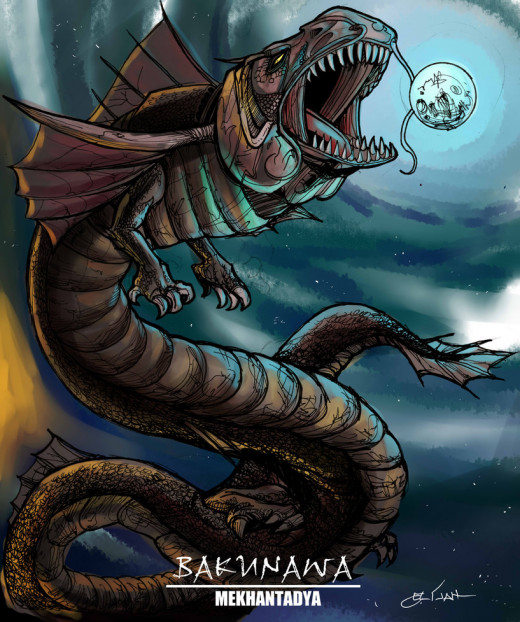
Our Moon Long ago, Long ago
Was Eaten by the Bakunawa
Please have Pity, Return it, Return it
The Crown of our King.
— Hiligaynon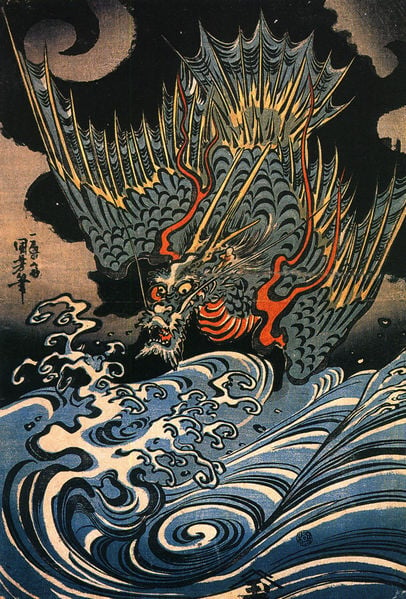
Japanese Dragon: The style and the anatomy of this dragon was strongly influenced by the Chinese traditions. Unlike being the symbol of evil, Japanese dragons are high ranked deities who has the ability to grant wishes and lives in water. They are named as “Ryuu” or “Tatsu” according to old Japanese literature and the Sino-Japanese.
Korean Dragon: They are known as “Imoogi” and the legend goes that he sun god gave the Imoogi their power through a human girl., which the dragon would be formed during the girl’s 17th birthday. The Korean dragons are said to have longer beards that the Chinese dragons and are very similar to the other Asian types.
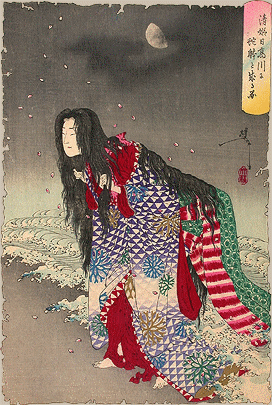
Purity Princess: A Japanese Love Story
Once upon a time, a monk and his apprentice arrived in a town and knocked on a simple peasant's door for lodgings. The door was opened by a young lady who was not married and lived alone with her ailing father(in some stories she lived alone).
The woman fell in love with the Monk's apprentice and wanted him to marry her. The apprentice denied the proposal saying that he was a man of the buddha. The next day the monk and his apprentice left the house and the woman was devastated.
Burning with lust and love she followed the two priests. The apprentice left the monk and said that he would find a solution to this annoying problem and went to a famous temple where he sought help. By now the woman has become a demon- who had a face of a white dragon and breathed flames from her nostrils.
The head priest of the temple suggested that the apprentice meditate under a huge bell that is used in the temple(a really gigantic bell that could cover a person). The apprentice consented and meditated inside the bell.
The demon woman arrived and "slithered" around the bell and cried in despair. But she couldn't touch the huge bell as it was sacred. Thus, after a few hours she went away sadly.
The head priest came out and told the other monks to life the bell but alas! there was nothing of the apprentice monk except for the ashes and bones, as the demon woman's fire had burnt him.
